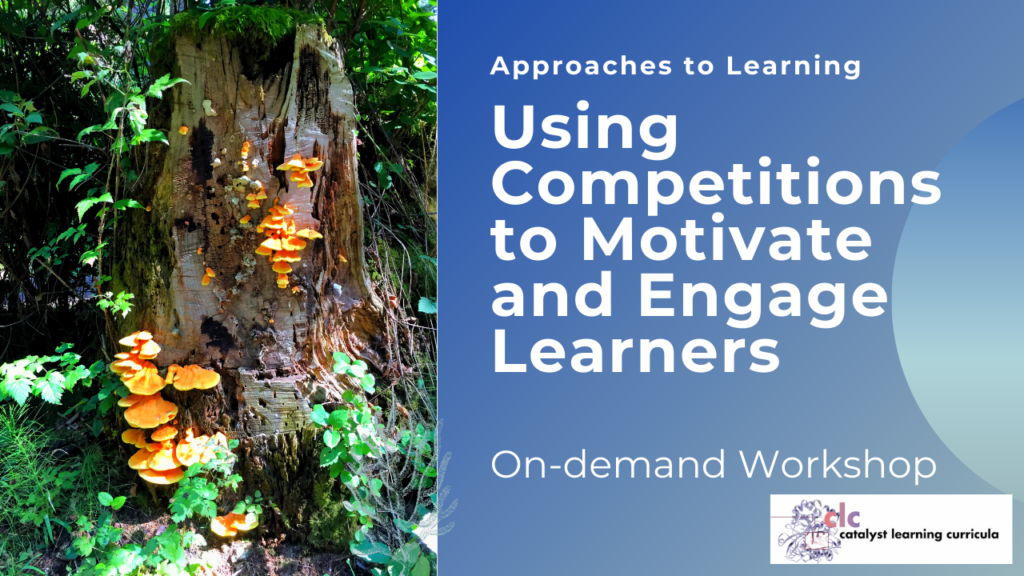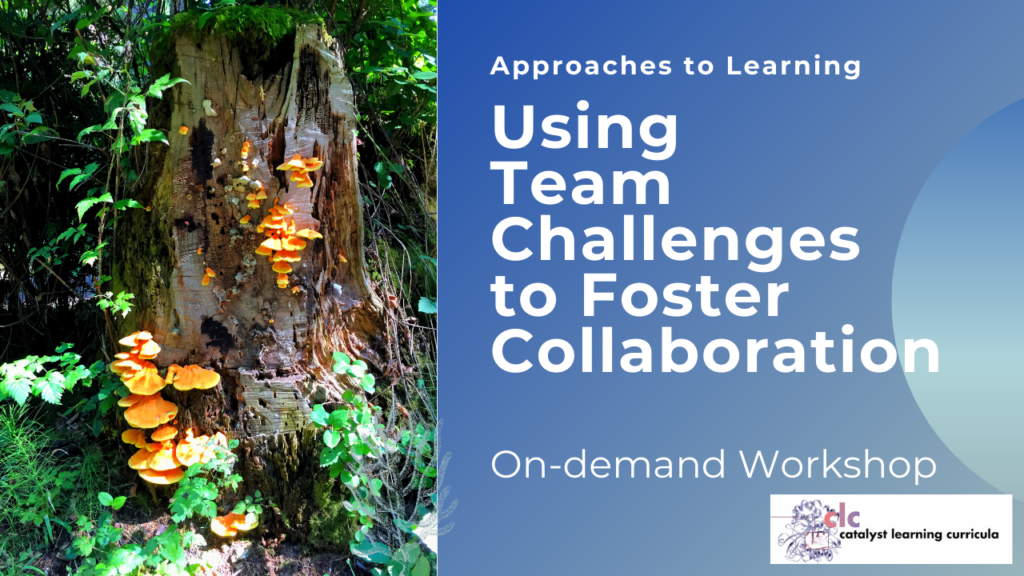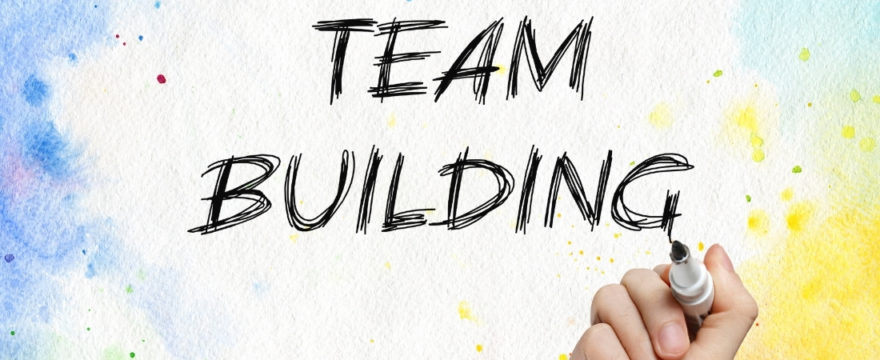Team building challenges and competitions are two popular forms of classroom activities that hit Next Generation Science Standards and practices. They both motivate class participation and engage critical thinking.
Competitions and team building challenges require students to work together to reach a solution for a problem or activity. For this reason, both challenges and competitions are useful methods for teaching problem solving.
While challenges and competitions have a lot in common, they also have some distinct differences.
What are class competitions?
Competitions are activities that require students to work together to complete a certain task with an outcome that can be quantitatively measured. Competitions often have parameters such as a time limit, during which students try to score as high as they can.
Usually when I set up a class competition, I give students a task related to the day’s topic. They then have to collect data to document their process. They can use photos, equations, recordings, written paragraphs, or other methods for making thinking visible.
After the first competition round is complete, I ask students to reflect on what they want to improve. Once they know how to improve, they can start honing in on the areas in which they are less confident. This step is an important part of the problem-solving process, and allows students the ability to make their own choices based on their observations.
While class competitions are useful for motivating your students to do their best, they can be stressful for some students. If you prefer not to have your students compete against each other, another option is to have students compete individually against their own previous scores.
For a detailed tutorial on how to design and set up creative and fun classroom competitions, check out my on-demand workshop on using competitions to motivate and engage learners.

What are team building challenges?
While team building challenges are similar to competitions in that students have to work together to complete a task, they vary from competitions because challenges have multiple solutions to a problem. Team building challenges push students to think creatively and consider multiple scenarios before reaching a solution that works. Often framed as STEM activities, design challenges can be an excellent way for students to apply what they have learned. You can use a real-life problem, or make up a theoretical scenario for students to propose a solution.
To conduct a team building challenge, make sure you provide your students with the supplies they need, or sources they will need for research. Create a rubric and share it with your students, so they know how to present their solution. You might require a video, a paper, or a worksheet with short answers questions.
Because there are multiple solutions, challenges are often less stressful for students than competitions.
In my on-demand workshop on team building challenges, I teach about several different structures for challenges, how to create your own classroom challenges, and how to create rubrics for challenges.

Which activity model is best for your classroom?
Team building challenges and classroom competitions are both useful classroom activity models. Personally, I like to use a combination of both team building challenges and competitions. However, depending on what subject you teach and the age of your students, you may want to choose one or the other to use regularly.
I suggest you run several competitions and challenges and observe how well the students engage with each. Ask them which model they enjoy more, and modify your activities to match your students’ interests.
